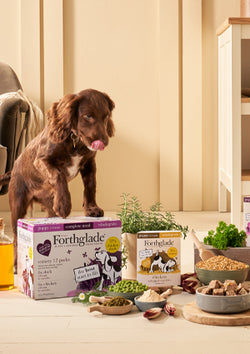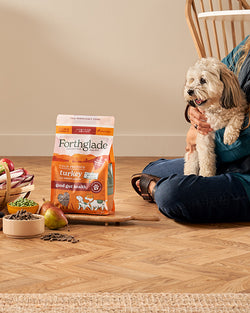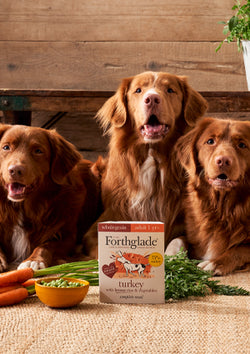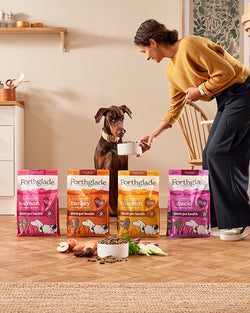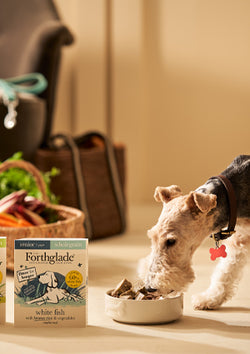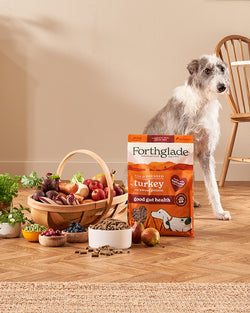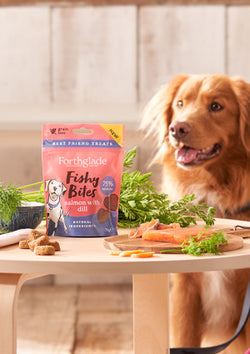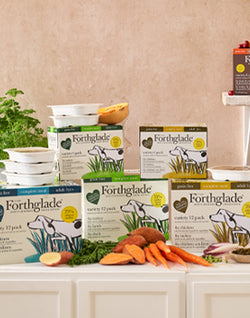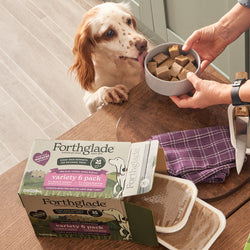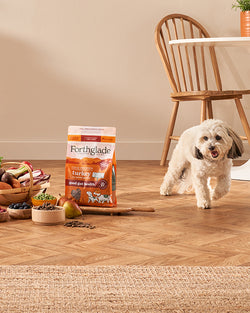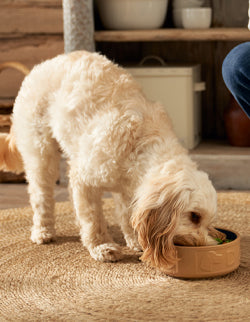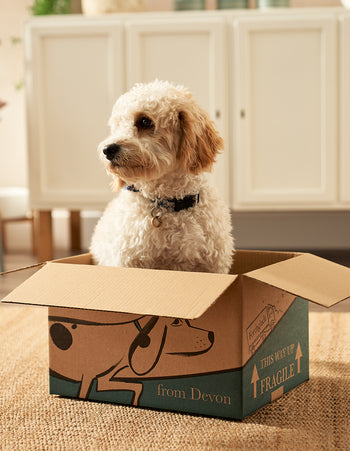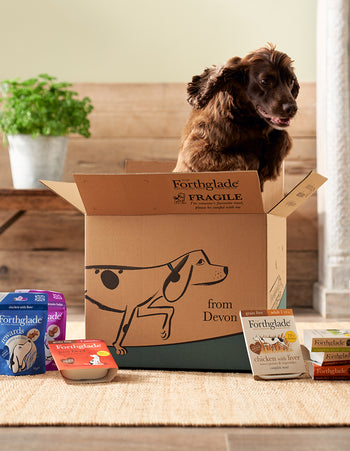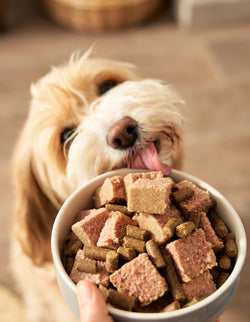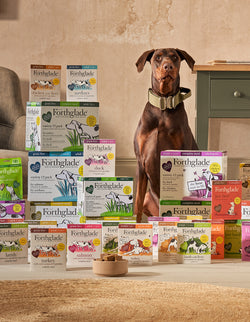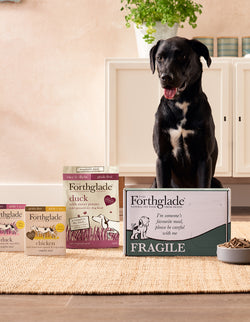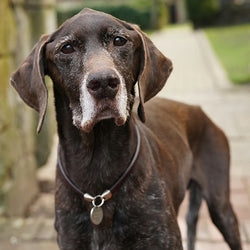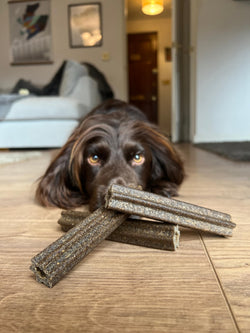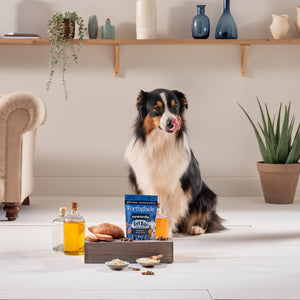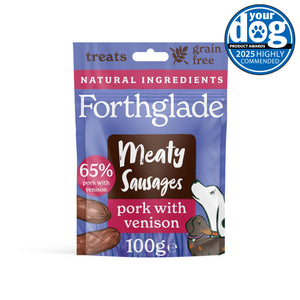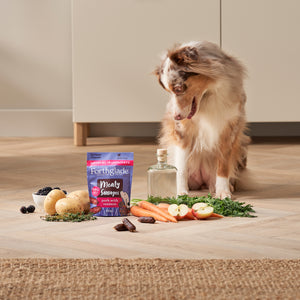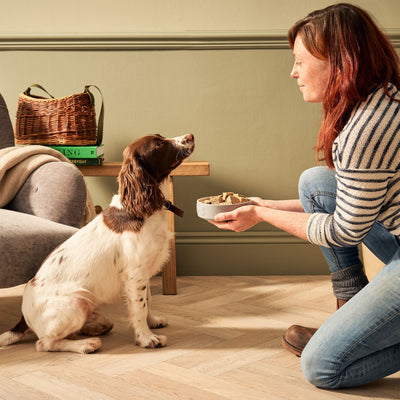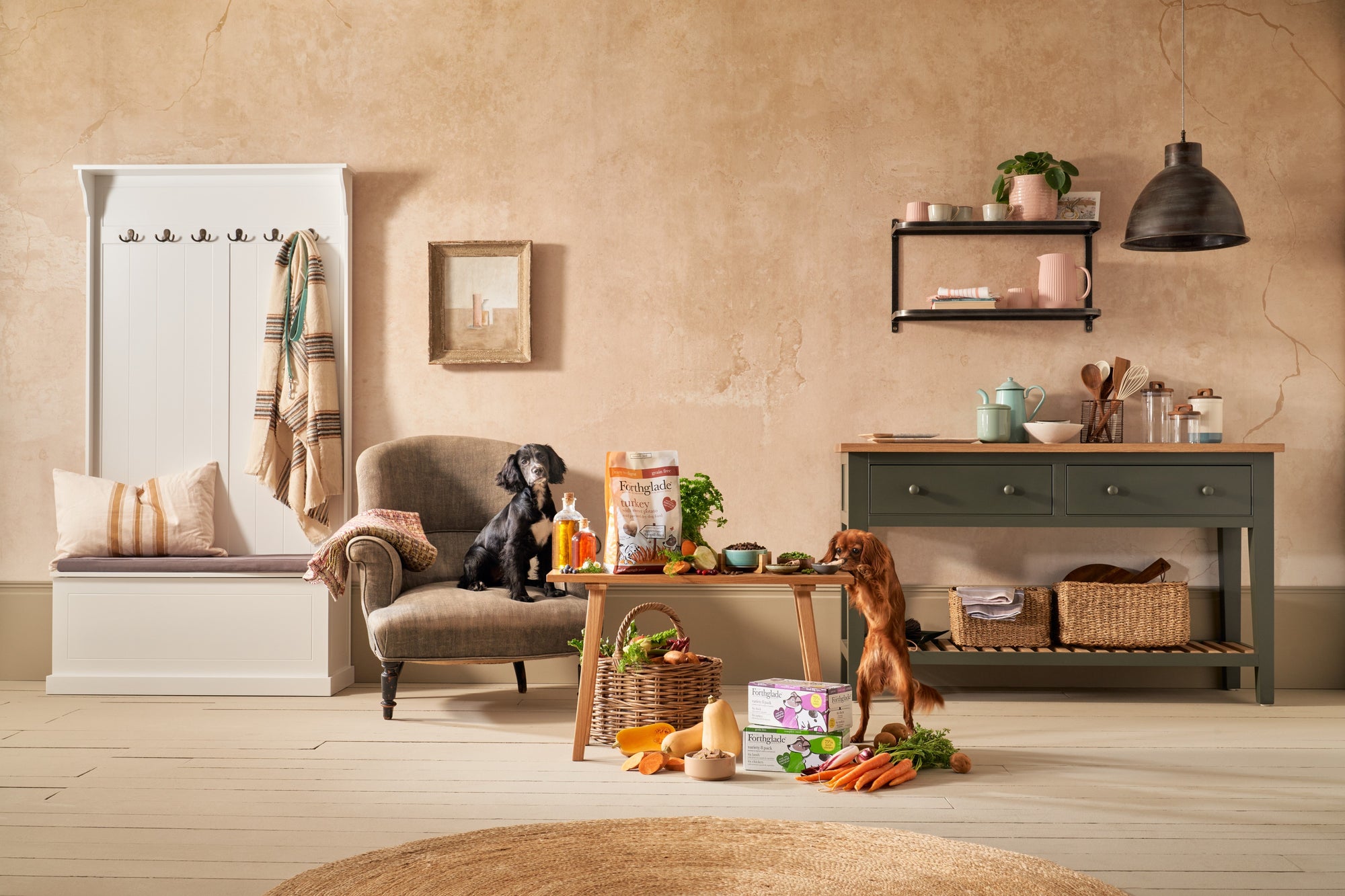Dogs who struggle with separation anxiety can find the process of being left home alone pretty stressful. Their reliance on human companionship can be so extreme that they are unable to cope with any period of solo time. Emotionally, this can be tough on everyone - both dog and human.
There are a number of reasons why a dog can experience separation anxiety. Overcoming these nerves should be a slow and steady process. The key is to be prepared and aware. This is a topic we often need to consider as dog owners, but rest assured, there are a lot of ways to overcome it and expert support is available if needed.
How To Spot Separation Anxiety In Dogs

It can be hard to identify whether your dog is anxious. The most common signs of separation-related behaviour (SRB) include:
- destructive behaviour, including chewing
- howling, barking, whining
- toileting inside
- extreme excitement when you return home
- signs of anxiety before you leave the house
Some less obvious signs of SRB include:
- shaking, panting
- excessive salivation
- self-injury (i.e. tail biting or excessive paw licking)
- repetitive behaviour
- vomiting
- not eating any food
Why Does My Dog Have Separation Anxiety?
There are all sorts of reasons why your dog experiences separation anxiety. Some of these include not being socialised as a puppy, a change in the household (maybe a house move or having builders around), a change of routine, or being scared of something inside or outside of the house.
Boredom can also cause separation anxiety. Dogs can have huge amounts of energy to burn off, especially when they’re young. This can often lead to destructive behaviour - one of the easiest things to spot in your home!
How To Help Your Dog And Reduce Their Anxiety
1. Understand Why Your Dog Is Suffering
It’s important to first understand what is causing this behaviour in order to best treat it. For example, has your dog got too much energy? Or is it afraid of something in the house? These two causes of behaviour require different approaches, and therefore it’s important to establish the root causes first.
Every dog is different and every cause of separation anxiety is different too. But there are some good places to start when helping reduce your dog’s anxiety.
2. Slowly Establish Routines With Your Dog
Humans and dogs alike are proven to thrive when in a routine. But this routine needs to be established slowly in order to ease any anxiety for your dog, especially when they’re left alone. When you start to leave your dog for short periods of time, set up a camera to be able to watch their behaviour while you’re out.
If you’ve welcomed a new puppy into your life recently, a steady introduction to a new routine will help their behaviour from the beginning.
3. Exercise To Enjoy Some Dog-Free Time
We know, it sounds counterintuitive to be talking about enjoying dog-free time. But trust us, it’s crucial for both parties! Gradually getting our dogs used to time spent alone is an important part of a dog-human relationship. Dog-free exercise is a great way to do this.
Whether it’s a run, cycle, or walk, you’re allowing time to focus on your own mental and physical wellbeing. And as a bonus, your dog can enjoy some calm, solo time at home.
4. Fun, Solo Activities For Your Dog
Getting your dog hooked on a fun, independent activity is a great technique to build up their confidence in spending time alone.
These solo activities can be as simple as scattering your dog’s food on your lawn for your dog to search for. You could put their food in activity toys, or roll treats up into a blanket for them to unravel with their nose.
Anything that’s going to be fun to do and adds value in spending time by themselves. You can then slowly build yourself further away from your dog as they enjoy their activity - starting in another room, then going upstairs, and eventually leaving the house.

5. Go On Dog Adventures!
Walking with our dogs brings so many benefits - reduced blood pressure, increased fitness, bonding time with your dog (a boost of the “love hormone”, oxytocin, for both of you), and potential for social interactions.
It’s also a great way to expel some of your dog’s energy and leave them ready for a solo-snooze when you get home.
A Mentally Tired Dog Is A Happy Dog
It’s not just walking that tires out our dogs - using their brain is proven to tire them out even more. Do this by working on tricks or recall training each day. Having a visual reminder, such as a bag of treats by your kettle, will prompt you each day to spend just a few minutes on brain games.
These types of games, followed by a long-lasting chew or some sniffing in the garden, are also a great way to calm your dog down after the excitement of a walk. This all tackles the element of boredom we mentioned earlier that can cause dogs to chew furniture or door frames because they’re looking for something to do.
Once they’ve had some physical activity, brain activity, and been given something to make them feel relaxed (such as a long-lasting chew toy), you’ll find they will cope more easily when left alone.

Seek Professional Help If You’re Worried About Your Dog
If you are concerned about your dog and are seeing signs that your dog has become hyper-attached or distressed when you leave the room, speak to a force-free canine behaviourist to get support.
When observing your dog alone using a camera, you might see them barking, panting, chewing themselves or items in the room, or scratching by exit points of the home. A step-by-step behavioural modification plan is the best way to build up your dog’s confidence and ease your concerns.
Take A Slow, Gradual Approach
The main thing to remember when treating separation anxiety in your dog is that you need to go at their pace. If you try to leave them for an hour when they can only do five minutes, it’s not going to end well; your furniture may not thank you for this.
So take it slow, leave them alone in a separate room for one minute, then two minutes, then five minutes. Leave them with toys they like and a bed they find comforting.
By slowly increasing the time they spend alone and showing them that they’re ok, you grow their confidence. Over time, you’ll build this up and they’ll be ok to be left alone. If you put the time and practice in, then there will be a day you can leave the house and return to a happy and contented dog.
This blog post is supported by Caroline Wilkinson, a Certified Animal Behaviourist, qualified dog trainer and assessed member of the APDT, approved to use only the most positive, kind, fair and effective training methods.


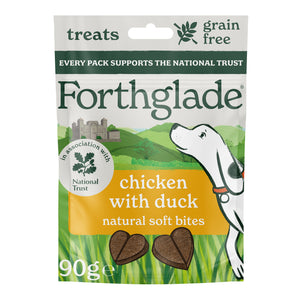

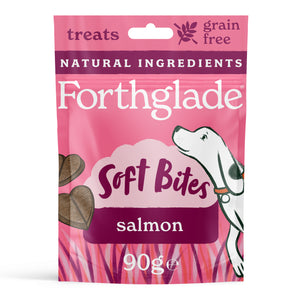
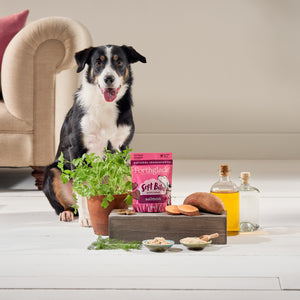
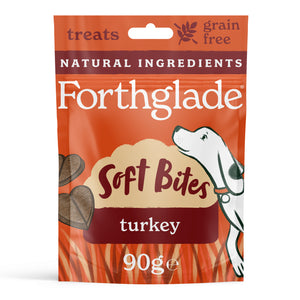



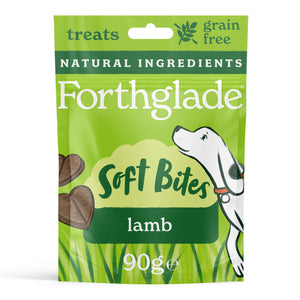
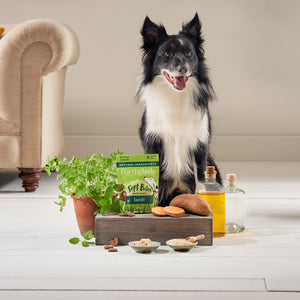
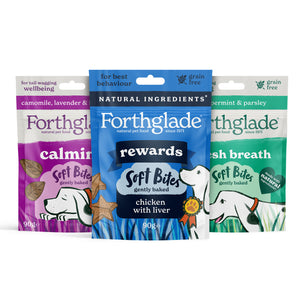





 Over 9,000 5* Reviews
Over 9,000 5* Reviews
 Subscribe for 10% Off Every Order
Subscribe for 10% Off Every Order


